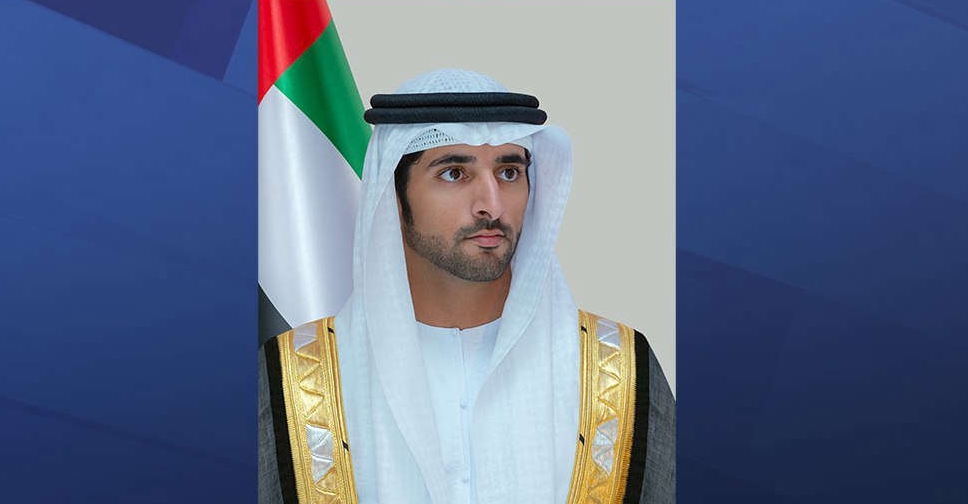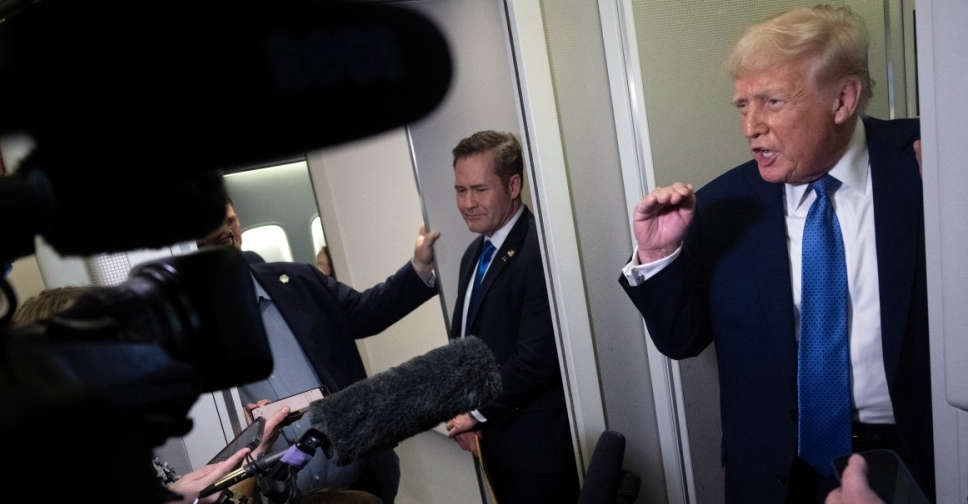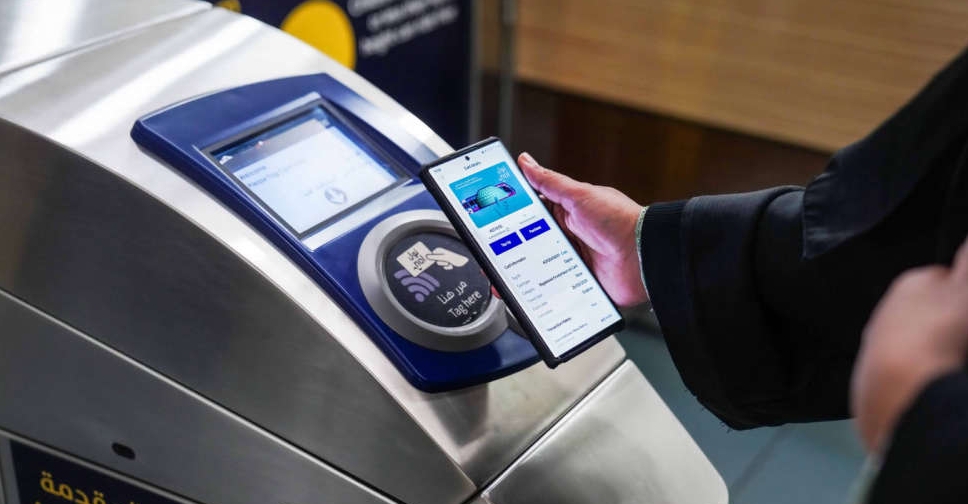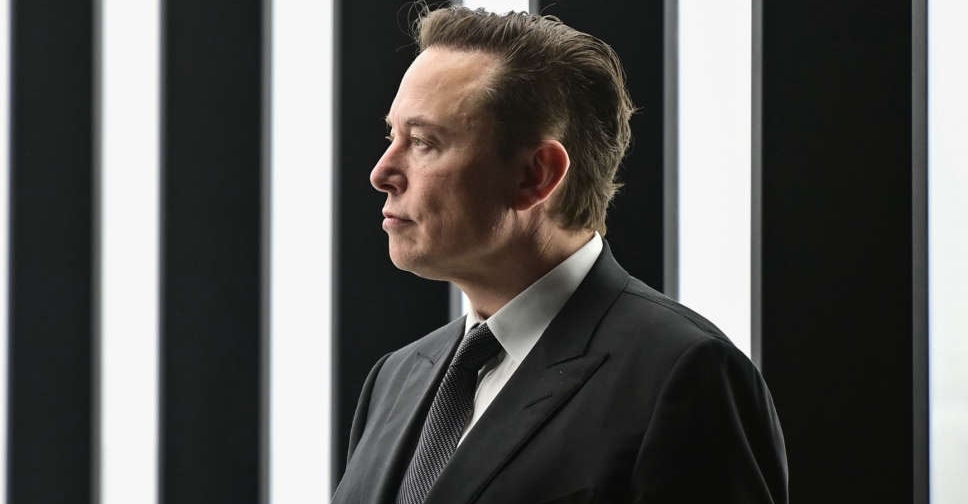
Prime Minister Narendra Modi’s administration plans to ask Indian lawmakers later this year for about 250 billion rupees ($3.7 billion) more to cover a proposed salary increase, according to Finance Ministry officials with knowledge of the matter. The federal budget unveiled last month has accounted for about 70 percent of the 1.02 trillion rupees ($15 billion) salary hike proposed by a pay panel, said the officials, who asked not to be identified because they weren’t authorized to speak with the media. The plan to implement the once-in-a-decade wage increase for 4.7 million workers and 5.2 million pensioners has been seen as crucial to the budget’s credibility. A committee of top bureaucrats vetting the pay panel report is likely to deliver a road-map for implementing the wage increases by the end of April, the officials said. The Finance Ministry expects to start spending the money by June, they said, and make an additional request for funds later in the year as part of a routine request for supplementary funds. D.S. Malik, a Finance Ministry spokesman, said additional funds would be provided for salaries if required based on the committee’s recommendations. He didn’t elaborate on the amount or timeframe. Without generating extra revenue or cutting spending to pay for salaries, Modi risks failing to meet his goal of narrowing the budget gap to a nine-year low of 3.5 percent of gross domestic product in the next fiscal year. Slippage threatens to stoke inflation and reduce room for the central bank to lower borrowing costs. Economists were puzzled when Finance Minister Arun Jaitley said he had made an "adequate" provision for the pay hike because the amount wasn’t found anywhere in the budget. Adding to the confusion was an error in the revised estimates for railway staff allowances that wrongly boosted 2016-17 salary increase by another 320 billion rupees. Prime Minister Narendra Modi has increased wages and pension of government employees, including defense and railways, by about 23 percent to 3.98 trillion rupees, according to the ministry’s calculations based on federal budget documents. The budget provided for a 16 percent increase in salaries excluding railways, compared with a 7 percent in the previous years, officials said. This year India will meet its fiscal deficit target of 3.9 percent of GDP as lower crude oil prices kept subsidies in check and higher taxes on petroleum products generated more revenue. Such windfall gains may not come next year, particularly if crude prices recover. Modi needs revenue to push growth in Asia’s third-largest economy. While India’s projected growth rate of 7.6 percent for the year through March is the highest among emerging markets, other indicators such as trade and bank credit suggest economic weakness. The proposed $15 billion pay hike was expected to give a boost to consumption and also tax revenue collections. Anything less would mean lower spending and revenue, which again poses a challenge to the budget deficit goal. (By Vrishti Beniwal/Bloomberg)

 Dubai makes it easier for free zone companies to expand into mainland
Dubai makes it easier for free zone companies to expand into mainland
 Trump says no exemptions on US steel and aluminium tariffs
Trump says no exemptions on US steel and aluminium tariffs
 RTA completes 40% nol digital payment system upgrade
RTA completes 40% nol digital payment system upgrade
 OpenAI and Musk agree to fast tracked trial over for-profit shift
OpenAI and Musk agree to fast tracked trial over for-profit shift
 Starship, carrying Tesla's bot, set for Mars by end-2026: Elon Musk
Starship, carrying Tesla's bot, set for Mars by end-2026: Elon Musk




